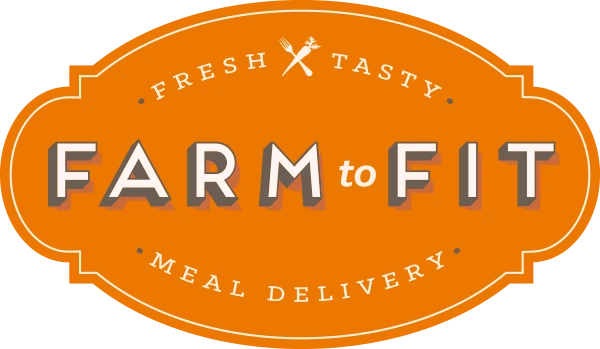Our Paleo Beginners Guide
Posted on
Our Paleo Beginners Guide: Did early humans have diet down?
Paleo, paleolithic, prehistoric, stone-age, caveman, hunter-gatherer— today we’re looking at a diet that goes by many names, but centers itself around precious few rules. Since its peak in 2013, the Paleolithic diet has remained one of the world's most popular modern diets.
While you might be familiar with the gist of the program, often summed up with the motto “if the cavemen didn’t eat it, you shouldn’t either,” there’s more to paleo than meets the eye. Here’s our guide to understanding the paleo diet plan.

What is Paleo?
The Paleo diet attempts to resemble the imagined diet of our Paleolithic-era human ancestors. By restricting foods that would not enter the human diet until the agricultural revolutions of the Neolithic age, paleo adherents believe they lower their risk of lifestyle diseases like diabetes, heart disease, cancer, or heart disease.
The reasoning behind this is referred to as the “discordance hypothesis”, which proposes that human evolution ended before the rise of agriculture, and as such our bodies are ill-equipped to handle a modern diet or lifestyle.
This hypothesis has been debunked many times since, with critics citing the geographic variations of diet, archaeological evidence of “lifestyle diseases” in Paleolithic humans, and breakthrough research showing evidence of gene evolution past the Paleolithic era.

What to eat on Paleo?
The restrictions of paleo vary depending on which “version” of the diet you’re following. There are countless variations with their own guidelines, and no definitive paleo plan stands out.
In general, a paleo diet encourages practitioners to eat fresh, whole foods — fruits, vegetables, nuts, seeds, lean meats, fish, and fruit or nut oils. Foods that are not allowed on paleo plans are grains, (yes even whole grains) dairy, legumes, salt, potatoes, and any other processed foods.
While some of the foods that are not allowed were in fact available to Paleolithic hunter-gatherers, they are often struck from modern paleo diets due to their tendency to focus on low-glycemic foods.
Do Paleo the Right Way
Our Nutrition analyst enters the ingredients of every recipe into our industry-leading nutritional software and establishes the ingredient portions for each different meal plan. With Farm to Fit paleo meal deliveries, you eliminate processed foods, without losing nutrients or the convenience of ready-to-eat meals. Start your order now.
Paleo and exercise
Paleo exercise tends to reflect the “hunter-gatherer” messaging that the diet itself subscribes to. There’s an emphasis on exercising through daily activities. Paleo exercise guidelines encourage a routine based on frequent low intensity cardio, full-body resistance training sessions, and high-intensity exercises.
Why choose Paleo?
There are still precious few studies backing the claims of paleo, but some small control trials have shown paleo diets produce better short-term weight loss, blood pressure, and cholesterol levels than traditional nutritional guidelines.
Studies have also shown it may be more effective at lowering triglyceride levels than a diet with more carbohydrates.
There is also research to suggest that paleo may be beneficial to those with diabetes, but more study is needed.

Paleo’s problems
While potentially useful in shrinking your waistline or managing your muscle mass, the drawbacks of the paleo diet are worth considering before consulting with a healthcare professional.
Since the diet cuts out grains and dairy entirely, there is worthy concern that some people following the paleo diet may not be eating the appropriate amounts of fiber, protein, or calcium. Paleo may be more expensive and time consuming than other diets due to its essential reliance on fresh foods. Additionally, the strict omission of carbs can prove difficult for many people to adhere to in the long term.
Paleo diets encourage a number of key healthy eating habits, but its drawbacks may outweigh its advantages. More research comparing paleo to similar whole-food diets is needed to determine its effectiveness. As always, consult with your healthcare provider before making any drastic diet or lifestyle changes.
